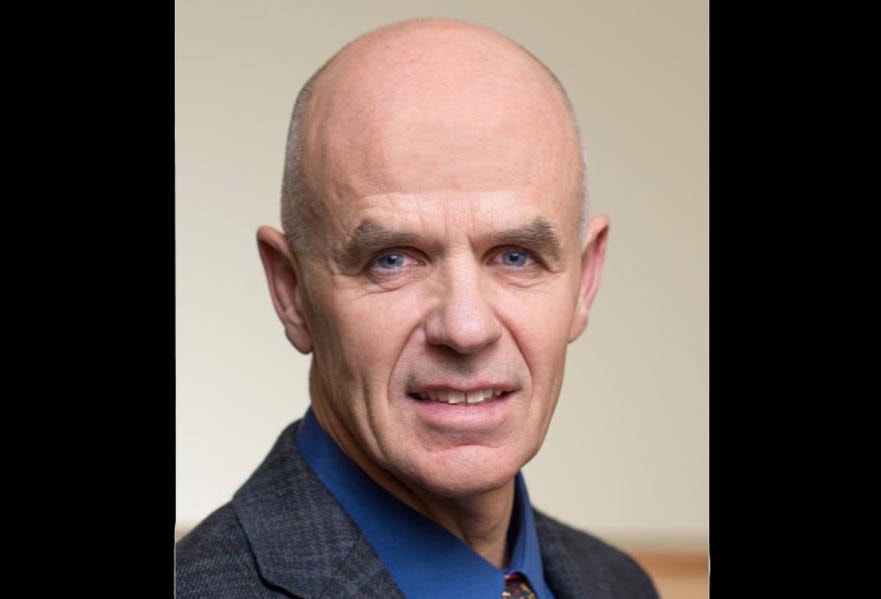After listening to City manager Byron Johnson’s report on council’s followup to the Ministry of Transportation and Infrastructure’s (MOTI’s) safety improvement study for the City of Quesnel, councillors approved staff’s recommendation to endorse two of the options provided.
In his report, Johnson noted there has been significant public engagement, as well as information on key concepts in the improvement plan provided to the public, politicians, industry representatives and business association.
He added there had been face-to-face meetings with residents and business owners who will be personally impacted by the Interconnector because it will partially or fully encroach on their property.
Johnson said the timing is appropriate to formally support the concept.
He explained the two projects that need immediate followup are the North-South Interconnector and the Racing Road and Quesnel Hydraulic Road intersection improvements.
Johnson then listed all of the benefits of the Interconnector for the City of Quesnel, which have been noted in the Quesnel Observer in the past few weeks.
The City manager then gave the staff’s recommendations: council strongly endorse the North-South Interconnector option; council direct staff to send a letter to MOTI indicating its support of the North-South Interconnector; and direct staff to send a letter to MOTI Minister Claire Trevena requesting immediate funding for the next phases for the Interconnector project and the Racing Road and Quesnel Hydraulic Road intersection improvement project.
Council unanimously approved those recommendations.
Mayor Bob Simpson said he didn’t want council to appear to be insensitive to individuals who are going to be impacted or are concerned about being impacted by the Interconnector.
He noted the people who will be impacted directly – those whose property is going to be encroached partially or completely – will be paid fair market evaluation. They’re concerned about being able to purchase property elsewhere in North Quesnel, he added.
Simpson said council is aware of the concerns of people whose homes are not going to be purchased.
“They will be the ones sitting on the bench with the highway below them with all of the natural fears with that kind of change and the unknown that is associated with it.
“The engineers spoke with those individuals and said they think that at the end of the project, they may actually find where they live is quieter – it would be hard for them to understand and buy – but because the sound baffling they will build for the highway will also baffle the railway sound. So they may actually realize the diminishing of the railway sound and not much of any traffic sound.
“They’re right to be cynical and right to be concerned.
“We’re really asking them on behalf of the community to take a big risk and have their community change fairly dramatically.
“We don’t want to dismiss their concerns in this….
“They are concerned about their assessed value and their livability, etc.
“We, as a council, and a corporate entity and the same with [MOTI], commit to putting in the full mitigation measures necessary to minimize the impact on those landowners.”
Simpson noted that property assessments aren’t predicated on how close people are to a highway.
For example, he said the most expensive land in British Columbia is the land in West Vancouver, with an eight-lane highway above it and a four-land through-way below it.
“BC Assessment will be more interested in what happens towards Front Street and how they value their property.
“From an assessment prospective, the infilling of North Quesnel, the development of Front Street, the fact you have unload the area of traffic, it will become so pedestrian and cycling friendly – that’s what’s going to improve the assessed values.”
